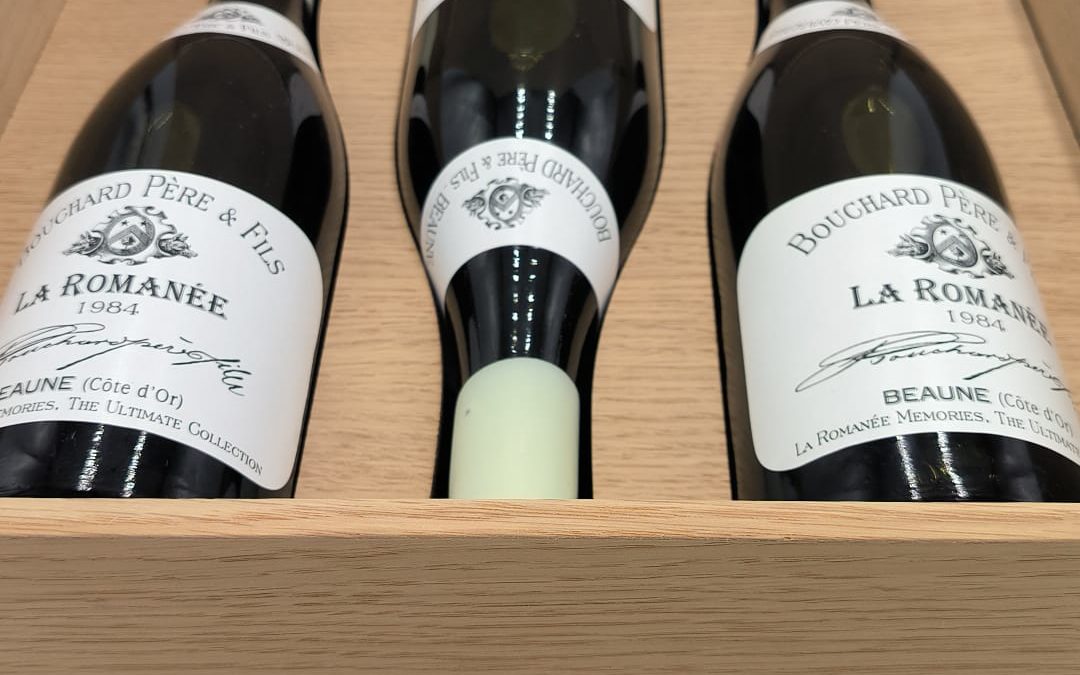Tequila. The name alone evokes images of sunny Mexican landscapes, vibrant fiestas, and the promise of a good time. This beloved spirit has a rich history and a distinct flavor that sets it apart from all others. From its humble beginnings as a traditional Mexican drink to its rise as a global sensation, tequila has a story as spirited as its drinkers.
The Roots of Tequila
At the heart of tequila lies the blue agave plant, a spiky, succulent marvel that thrives in the red volcanic soil of Mexico. For centuries, indigenous peoples like the Aztecs revered the agave for its versatile properties. It provided food, fiber, and, of course, the sacred drink they called “pulque.”
Tequila as we know it today began to take shape with the arrival of Spanish conquistadors in the 16th century. They brought the art of distillation to Mexico, combining it with the local agave to create what would eventually become tequila.
Types of Tequila
Tequila comes in various styles and flavors, each with its own unique characteristics. Here are the main types you’re likely to encounter:
- Blanco (Silver): Fresh and unaged, Blanco tequila is bottled shortly after distillation, offering the purest expression of the agave flavor. It’s often crisp, with earthy undertones and a peppery finish.
- Reposado (Rested): Aged in oak barrels for at least two months but less than a year, Reposado tequila takes on a mellow, golden hue. This aging process imparts subtle notes of vanilla and caramel, balancing the agave’s natural sweetness.
- Añejo (Aged): Aged for one to three years in oak barrels, Añejo tequila develops a rich amber color and complex flavors. You might detect hints of butterscotch, oak, and even chocolate, making it a sipping delight.
- Extra Añejo (Ultra-aged): A relatively newer category, Extra Añejo tequila is aged for more than three years, resulting in a deep, mahogany hue and intense, refined flavors. It’s a luxurious treat for those who appreciate the finer things in life.
Sipping and Pairing
While tequila shots and margaritas are popular choices, sipping tequila neat or on the rocks can be a revelation. Take the time to savor the nuances of each sip, letting the flavors dance on your palate.
If you’re pairing tequila with food, consider the following:
- Blanco: Perfect for cutting through the richness of ceviche or pairing with spicy dishes like tacos al pastor.
- Reposado: Its mellow flavors complement grilled meats, such as carne asada, or dishes with a smoky flair.
- Añejo: The complexity of Añejo tequila shines with desserts like flan or alongside a cheese plate featuring aged gouda or manchego.
- Extra Añejo: Treat it like a fine cognac or whiskey, sipping slowly and savoring the intricate layers of flavor.
The Tequila Trail: A Journey of Discovery
For those eager to delve deeper into the world of tequila, a visit to Mexico’s Tequila Trail is a must. This scenic route winds through the heart of Jalisco, the birthplace of tequila, taking travelers on a journey of agave fields, distilleries, and historic towns.
Stop by the town of Tequila itself, where you can tour legendary distilleries like Jose Cuervo and Herradura, learning about the time-honored process of tequila making. Wander through the fields of blue agave, marveling at the piñas (agave hearts) harvested by jimadors, skilled workers who have mastered the art of agave cultivation.
As the sun sets over the rolling hills, sip a glass of tequila while soaking in the ambiance of a traditional cantina. Feel the rhythm of mariachi music in the air, and raise a toast to the spirit of Mexico.
So, next time you reach for a bottle of tequila, remember the centuries of history and artistry that went into creating that magical elixir. Salud, amigos, to the spirit of tequila!

